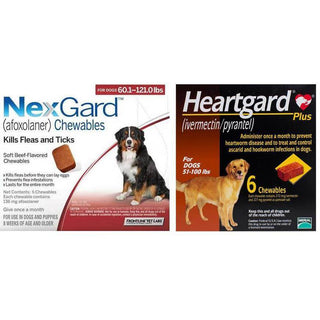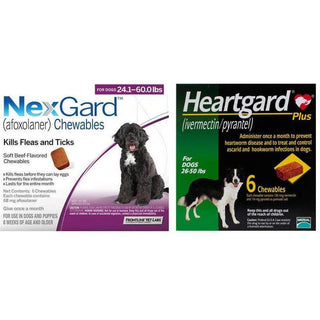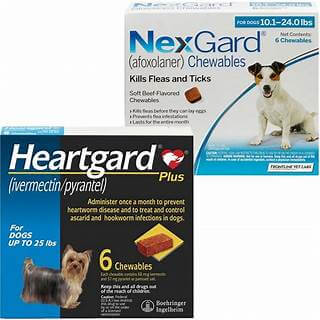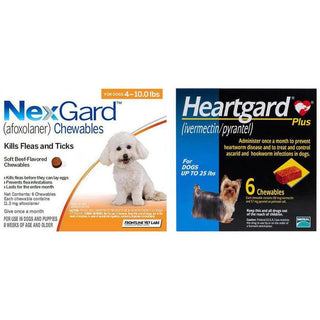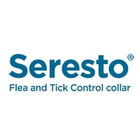Introduction
Salmon is a popular source of protein for humans, and many dog parents wonder if their furry friends can enjoy it too. The good news is that salmon can be a healthy addition to your dog’s diet when appropriately cooked and served in moderation. It provides essential nutrients that support skin, coat, and immune health. However, it’s crucial to know the right way to prepare and serve it to avoid risks such as parasites or salt toxicity.
In this guide, we’ll explore whether dogs can safely eat salmon, the benefits it offers, potential risks, and how to include it in your dog’s diet responsibly.
Can Dogs Eat Salmon?
Yes, dogs can safely eat salmon — but only if it’s fully cooked and free of bones, seasonings, and sauces. Raw or undercooked salmon can carry harmful parasites and bacteria that may cause severe illness in dogs.
When properly cooked, salmon provides a lean source of high-quality healthy fats and protein that help maintain overall well-being.
Health Benefits of Salmon for Dogs
Salmon offers several nutritional benefits for dogs when served correctly:
Rich in Omega-3 Fatty Acids
Salmon is one of the best natural sources of omega-3 fatty acids, which help reduce inflammation, improve brain function, and promote a shiny, healthy coat. Omega-3s also support joint health and can benefit dogs with arthritis or allergies.
Excellent Source of Protein
Dogs need protein for muscle development, tissue repair, and energy. Salmon provides a complete protein source that’s easy to digest, making it a great option for dogs with sensitive stomachs.
Supports Skin and Coat Health
If your dog struggles with itching, dry skin, or dull fur, incorporating salmon into their diet can be beneficial. The essential fatty acids in salmon keep the skin hydrated and reduce flakiness.
Boosts Immune System
Salmon contains essential minerals and vitamins such as vitamin D, B-complex vitamins, and selenium — all of which support immune function and overall vitality.
Good for Picky Eaters
Many dogs love the taste of salmon, making it a great option to entice picky eaters or dogs recovering from illness.
Potential Risks of Feeding Salmon to Dogs
While salmon is generally safe for dogs, there are a few important precautions to keep in mind:
Never Feed Raw Salmon
Uncooked salmon can carry a parasite known as Neorickettsia helminthoeca, which can lead to salmon poisoning disease — a serious and potentially life-threatening illness in dogs. Symptoms may include vomiting, diarrhea, fever, loss of appetite, and swollen lymph nodes. Always cook salmon thoroughly to eliminate this risk.
Remove All Bones
Salmon bones are small and brittle, which can cause choking or damage your dog’s digestive tract. Always double-check and remove all bones before serving.
Avoid Seasoning and Oils
Butter, salt, garlic, and other seasonings can be harmful or toxic to dogs. Serve plain, unseasoned salmon without added oils or sauces.
Watch for Allergic Reactions
Although rare, some dogs may develop an allergic reaction to fish. If your dog develops symptoms such as itching, vomiting, or diarrhea after eating salmon, stop feeding it immediately and consult your veterinarian.
Limit the Quantity
Even healthy foods should be given in moderation. Consuming excessive amounts of salmon can lead to excessive fat intake, which may cause digestive issues or contribute to weight gain.
How to Safely Serve Salmon to Your Dog
Here’s how to prepare salmon safely and healthily for your pet:
Cook It Thoroughly
Bake, steam, or grill the salmon until it reaches an internal temperature of at least 145°F (63 °C). Avoid frying, as excess oil adds unnecessary fat.
Keep It Plain
Do not add salt, garlic, onion, or any seasoning. Dogs should eat salmon in its purest form.
Check for Bones
Remove all bones carefully before serving. Even tiny bones can be dangerous.
Serve Appropriate Portions
- Small dogs: 1–2 tablespoons of cooked salmon per meal.
- Medium dogs: 2–4 tablespoons.
- Large dogs: ¼ to ½ cup, once or twice a week.
Mix With Regular Food
You can mix cooked salmon into your dog’s regular kibble or homemade meal for added nutrition.
Use High-Quality Salmon-Based Dog Food
Many commercial dog foods use salmon as a primary protein source. Select brands that use genuine salmon and avoid those with artificial additives.
Can Dogs Eat Salmon Skin?
Yes, dogs can eat salmon skin, but only in small quantities and if it’s cooked and unseasoned. The skin contains healthy fats, but it can also be high in calories. Excessive consumption of salmon skin can lead to obesity or digestive issues.
Can Dogs Eat Canned Salmon?
Canned salmon is safe if it’s packed in water and has no added salt or flavoring. Avoid canned salmon in oil or brine, as it may contain excessive sodium and fat, which can be detrimental to your health. Always check the label before feeding canned salmon to your dog.
When to Call Your Vet
Contact your vet immediately if your dog shows symptoms like:
- Vomiting or diarrhea
- Loss of appetite
- Lethargy or fever
- Swollen glands
These could indicate salmon poisoning or another food-related reaction that requires prompt medical attention.
Conclusion
Salmon is a nutritious, safe, and tasty addition to your dog’s diet — when prepared correctly. It’s rich in omega-3s, supports skin and joint health, and boosts immunity. However, raw or improperly cooked salmon can pose serious health risks, so always serve it fully cooked, boneless, and unseasoned.
If you’re unsure how much salmon to feed your dog or suspect an allergy, consult your veterinarian before making any dietary changes.



